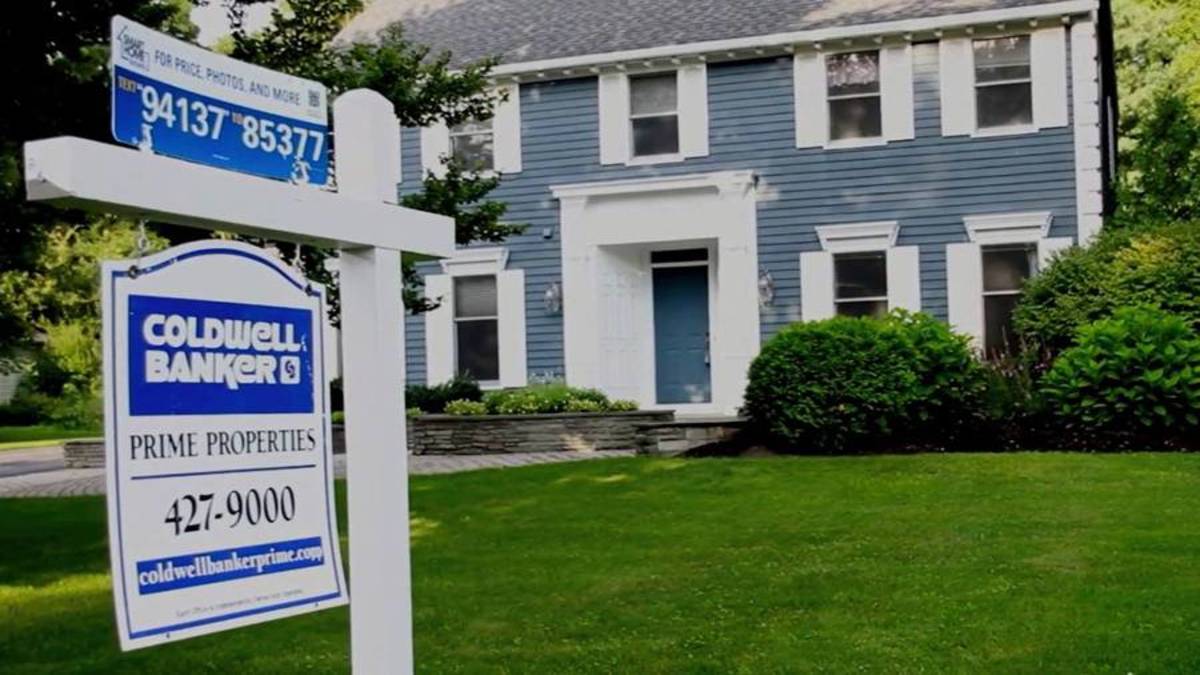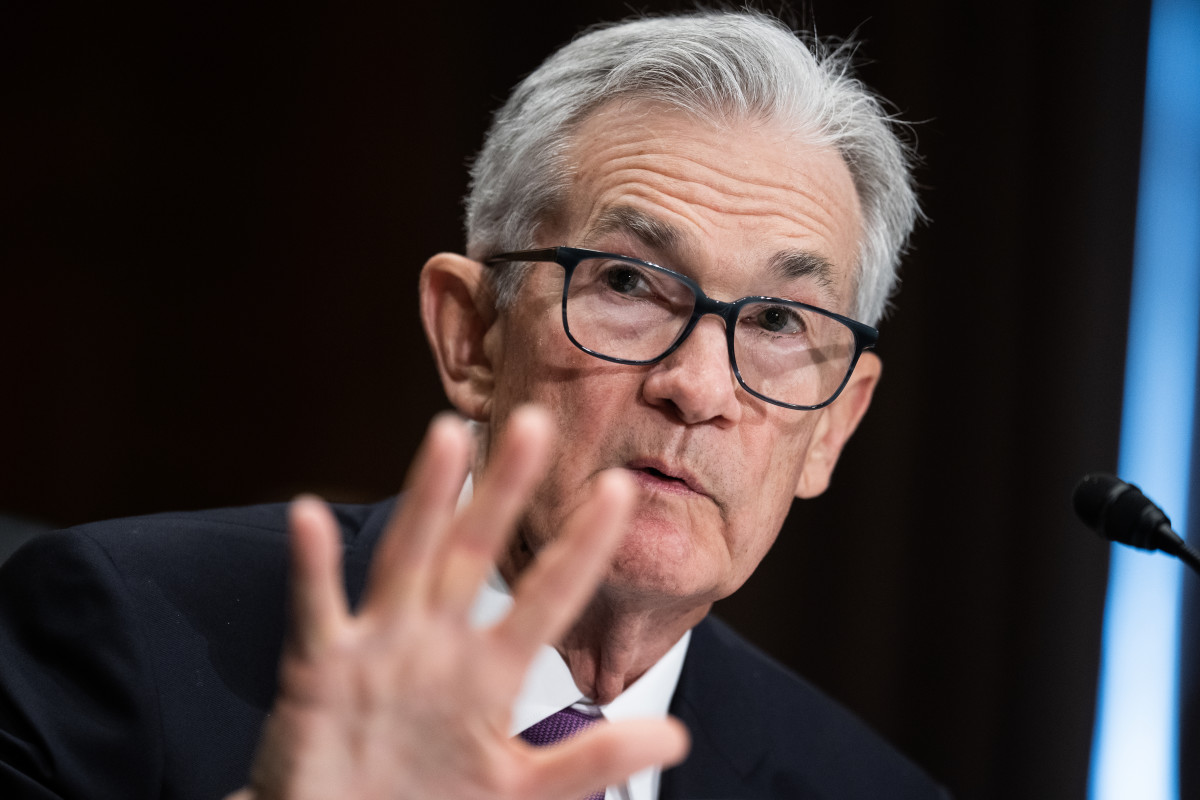
The U.S. housing market remains perhaps the weakest link in the economy's surprise success story, as high mortgage rates and a dearth of new construction shut out new buyers and pin current owners in their properties.
For nearly a year, the Federal Reserve has kept its base lending rate pegged at the highest level in over two decades and the central bank has warned investors that elevated inflation will likely mean that interest rates remain "higher for longer" as the economy continues to outperform forecasts.
That's kept benchmark 10-year Treasury note yields, tightly correlated to home lending costs, well north of 4% and conforming 30-year mortgages pushing past 7% for the past two weeks.
Related: Buyers find unique path to home ownership in a challenging housing market
“A lack of progress on reducing inflation pushed long-term interest rates higher in the first quarter, and this is acting as a drag on builder sentiment,” said Robert Dietz, chief economist at the National Association of Homebuilders.
“The last leg in the inflation fight is to reduce shelter inflation, and this can only occur if builders are able to construct more attainable, affordable housing,” Dietz added in a report that showed homebuilder confidence falling to the lowest levels of the year this month.

Meanwhile, data from the Commerce Department on May 16 showed April housing starts rebounded modestly from their March nadir but are still on pace to sharply miss analysts end-of-year forecast for gains.
Fewer homes and higher rates
Single family home construction, meanwhile, fell 0.3% despite huge demand for new properties in a market where sellers are reluctant to refinance their current mortgages at higher rates.
The Mortgage Bankers Association reported on May 15 that the average 30-year fixed rate slipped 10 basis points (0.1 percentage point) to 7.08%. That's partly thanks to a softer-than-expected April inflation reading that triggered a rally in Treasury bonds and lower corresponding yields.
“The decline in rates led to a small boost to refinance applications; however, the overall level of refinance activity remains low," said Joel Kan, deputy chief economist at the MBA.
Related: Analyst updates S&P 500 price target after CPI inflation surprise
“While the downward move in rates benefits prospective homebuyers, mortgage rates are still much higher than they were a year ago, while for-sale inventory remains tight,” Kan added.
Late last month, data from the Census Bureau showed that 728,000 housing units went up for sale in the first quarter, well below the pre-pandemic high of nearly 1.15 million.
Homeowners locked in by low-rate mortgages
Federal Housing Finance Agency data, meanwhile, suggest current homeowners are paying a national average mortgage rate of just under 4%. That level has led to around 1.3 million fewer homes for sale during the Fed's rate-raising period between 2022 and 2023.
Relief in the form of lower Treasury yields may also come at the expense of both a robust labor market and solid consumer spending, both of which show signs of fatigue heading into the spring months.
That's also caused a notable downtick in consumer confidence, with the University of Michigan's benchmark sentiment survey hitting a six-month low in May and the Conference Board's consumer confidence index falling to a near two-year low in April.
Related: CPI inflation report resets timing of Fed interest rate cuts
"The combination of rebounding mortgage rates since the start of the year and recent declines in consumer confidence are likely starting to take a toll," said Ian Shepherdson of Pantheon Macroeconomics.
"Although we expect mortgage rates to drop back significantly across the later spring and summer, we think this will be accompanied by a marked deterioration in the labor market," he added. "That would be bad news for housing demand, even if rates retreat."
Mortgage rates rising faster than house prices
Lower rates might not help with affordability and the National Association of Realtors has noted that the national median single-family-home price rose 5% in the first quarter from a year earlier to $389,400.
However, the average monthly mortgage payment rose by nearly double that pace to $2,037. That's well above the Labor Department's monthly gauge of average hourly earnings increases, which are showing gains of around 4.2%.
"Astonishingly, greater than 90% of the country's metro areas" saw home prices grow "despite facing the highest mortgage rates in two decades," said the NAR's chief economist, Lawrence Yun.
Related: Consumers turn to deals as housing costs soar
"In the current market, rising prices are the direct result of insufficient housing supply not meeting the full demand," he added.
Jeffrey Roach, chief economist for LPL Financial in Charlotte, agrees that "years of undersupply and few homes on the market are supporting the residential markets" at present.
However, he thinks residential construction "should remain solid despite risks of other areas of the economy slowing down," adding much-needed inventory to the overall market.
More Economic Analysis:
- Watch out for 8% mortgage rates
- Hot inflation report batters stocks; here's what happens next
- Inflation report will disappoint markets (and the Fed)
That view was echoed last month by homebuilder D.R. Horton (DHI) . It focuses on the entry-level segment of the U.S. housing market.
The Arlington, Texas, group forecast full-year sales between $36.7 billion and $37.7 billion, topping Wall Street forecasts,
"With the low level of inventory and available homes to purchase out there ... we still see strong buyer demographic and demand, and we've remained pretty consistent," Chief Executive Paul Romanowski told investors on a conference call.
"I still think it's a very limited amount of inventory that's available in the marketplace, especially at our price point — affordable price point," he added.
"That coupled with some of the interest rate incentives that we're able to offer that for the most part existing-home offerings don't provide, we're able to solve the affordability problem a little better than some of the existing-home sales would be able to do," Romanowski said.
Related: Single Best Trade: Wall Street veteran picks Palantir stock







